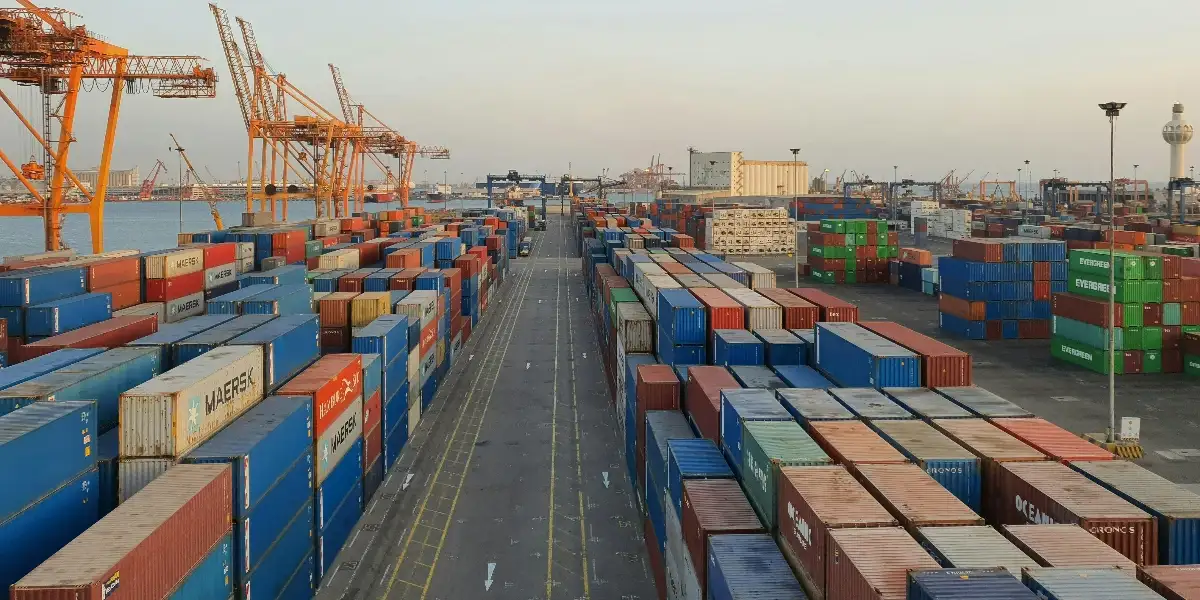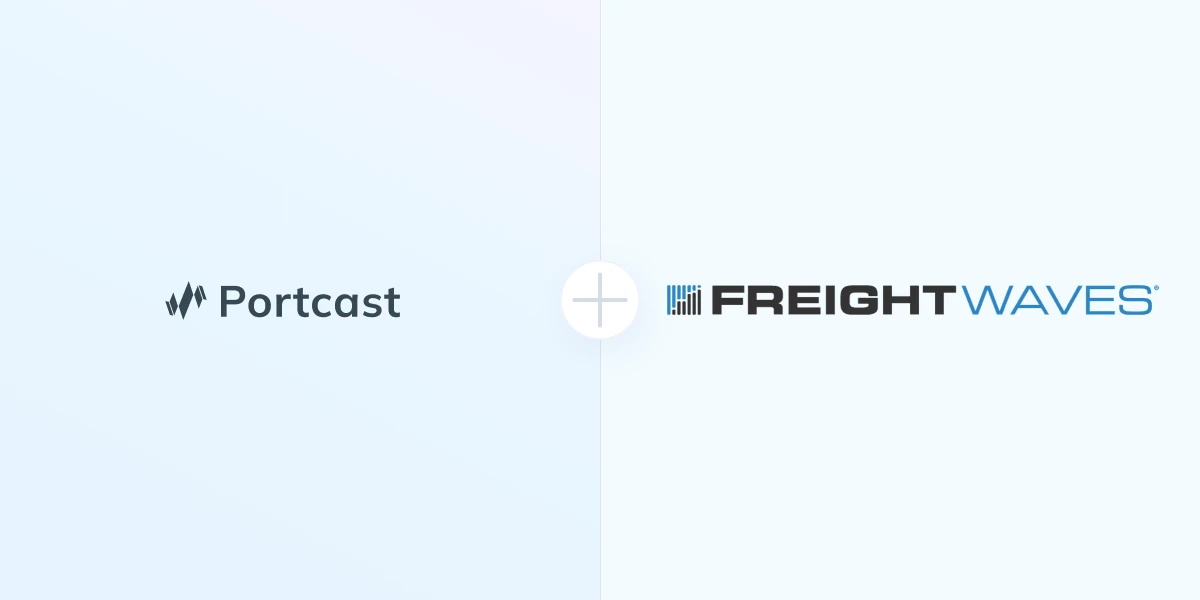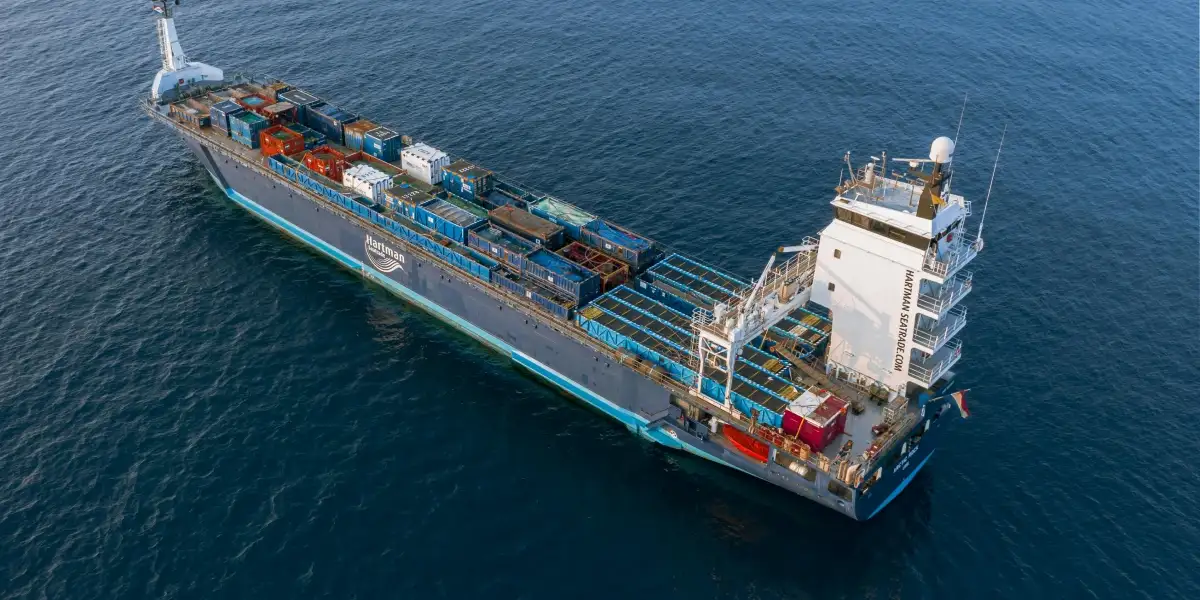Containerization
Containerization is a shipping method where goods are packed into standardized containers for efficient handling, transportation, and intermodal transfers between different modes of transport.
Containerization is a revolutionary shipping method that involves the standardized packing of goods into large, durable containers for transportation across various modes, such as ships, trains, and trucks. The practice aims to streamline the loading, unloading, and transportation of cargo by using uniformly sized containers, fostering efficiency, security, and cost-effectiveness in global trade.
Containerization is a significant advancement in the field of logistics and international trade. Instead of loading individual items onto ships or other transportation modes, goods are packed into standardized containers, usually 20 feet (20ft) or 40 feet (40ft) in length. This standardization allows for easy handling and transfer between different modes of transportation without the need for unpacking and repacking.
Benefits of Containerization
- Standard Container Sizes: Uniform container sizes, such as the 20ft and 40ft containers, allow for consistent handling and stacking, optimizing storage and transportation space.
- Intermodal Compatibility: Containers are seamlessly transferable between ships, trains, and trucks, minimizing the need for manual handling and reducing transit times.
- Enhanced Security: Closed and sealed containers provide increased security, protecting goods from theft, damage, and adverse weather conditions.
- Efficient Loading and Unloading: Containers are loaded at the point of origin and unloaded at the destination without the need to handle individual items, streamlining the logistics process.
- Global Standardization: Containerization adheres to international standards, fostering a globally recognized and efficient system for transporting goods.
Containerization has revolutionized the shipping industry, making global trade more accessible, faster, and cost-efficient. It has become the backbone of modern supply chains, enabling businesses to transport goods across long distances with increased reliability and reduced handling-related risks.







